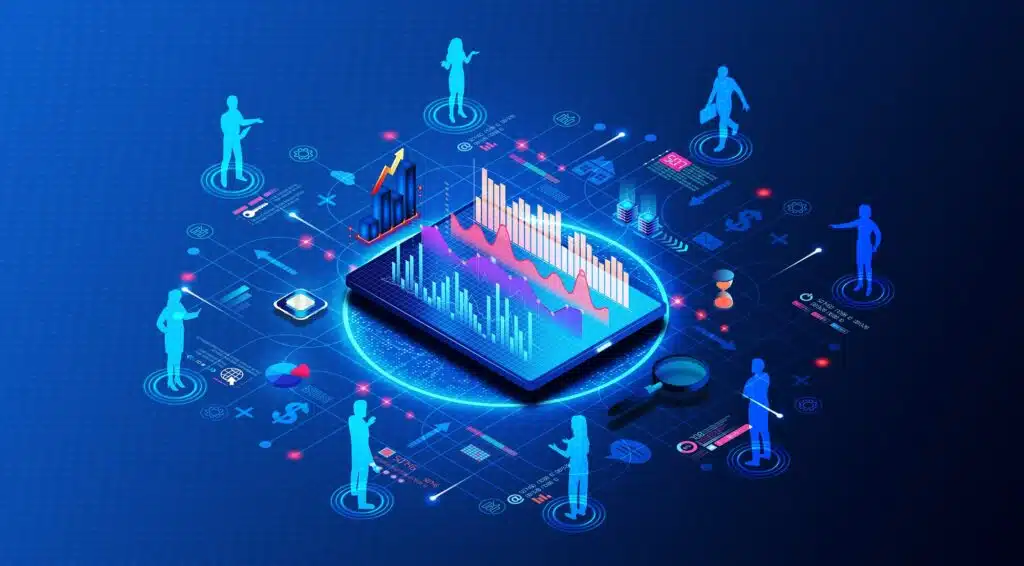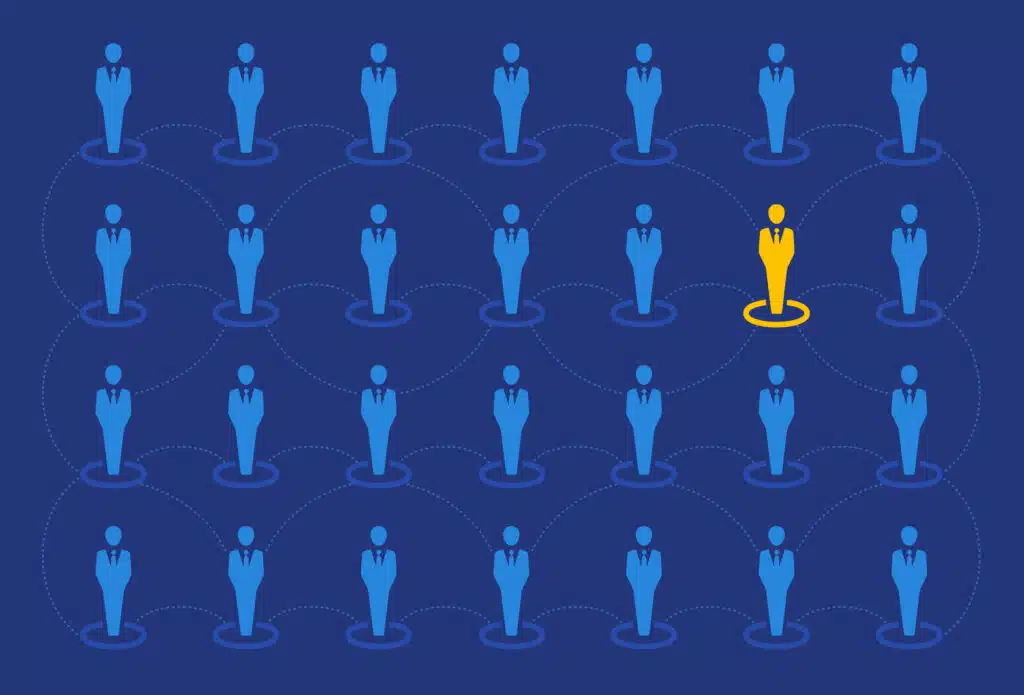Workforce Analytics is an invaluable tool for business owners looking to get a deeper understanding of their organisation’s performance. It uses data and statistical models to analyse employee-related data and employee performance, taking a broader perspective on work in general, and focusing on how employees interact with customers. By understanding how does Workforce Analytics work, and the trends and behaviours of employees, business owners can make strategic decisions that will positively influence the organisation’s overall performance.
What type of data can you use in Workforce Analytics?
It all starts with the data that is collected about employees. This data can include demographics, time spent in roles, job performance, and more. It is often matched with non-workforce data to make better decisions.
Examples of workforce data sources include:
- Recruiting data
- HR system data
- Payroll data
- Workforce management software and time and attendance software data
- Time and motion studies, sometimes called labour standards
- Benchmark data allows for comparison with similar organisations
Examples of 3rd party data used to enhance the analysis of workforce data include:
- Transactional data from EPOS
- Direct customer feedback, such as surveys
- Indirect customer feedback, such as tips or returns
- Footfall data
- Weather data
- Benchmark data from trade bodies

What tools can you use to analyse the data?
Python, R and machine learning techniques are the go-to tools for workforce analytics, although Microsoft Excel can still come in pretty handy with a skilled operator.
How do managers see the results of Workforce Analysis?
How does Workforce Analytics work and displays results is seen via web-based dashboards that are created in business intelligence (BI) or data visualisation tools. You can use a BI tool for many different purposes, it is only by adding your organisations’ workforce data and creating dashboards of reports and other tools that it becomes workforce analytics software.
It will have a number of pre-programmed reports in a visual format, such as graphs and pie charts. It can be “drilled-down” so that users can interrogate the data, generating new versions of the same visualisation until you see the raw data for that representation.
What areas within HR does Workforce Analytics look at?
To understand how does Workforce Analytics work, we need to understand the areas it looks at. There are four key areas that workforce analytics looks at:
- Recruitment
- Retention
- Talent management
- Productivity

How does Workforce Analytics help with recruitment?
In terms of recruitment, workforce analytics tools allow you to:
- Scan and filter CVs automatically
- A&B test recruiting adverts
- Analyse the candidates’ entire recruiting and application process
- Perform background and social media checks
- Shortlist potential candidates
- Match potential candidates with current talent better
- Carry out a sentiment analysis of what candidates say about the company on social media and take corrective action
- Understand race and gender bias
How does Workforce Analytics help with retention?
In terms of retention, workforce analysis helps with the following:
- Predicting organisation-wide recruitment requirements by role.
- Identifying organisational behaviours which have a high correlation with a high probability of resignation so changes can be made.
- Identify employees with a high probability of resigning, identify the most likely reasons and make interventions to reduce the risk of having a leaver.
How does Workforce Analytics help with talent management?
Talent management refers to the anticipation of required human capital for an organisation and the planning to meet those needs:
- Uncovering training or skill shortages
- Setting recruiting targets by skill
- Measuring progress against objectives and training needs by an employee
- Succession planning

How does Workforce Analytics help with productivity analysis?
Workforce analytics will allow you to measure and improve productivity in several ways:
- Understand revenue per hour worked at an employee level
- Identify employees or teams with lower productivity
- Labour demand forecasting per role is needed to meet customer demand
- Identify training needs required to improve productivity and revenue outcomes.
Conclusion
It is important to understand how does Workforce Analytics works since today’s business environment is more dynamic and competitive than ever. With the proliferation of data and data collection, new types of analysis became possible that were previously unfeasible for companies. As a result, more and more businesses choose to implement workforce analytics to achieve their strategic objectives.




